
Projects
Hessian scientists of various disciplines are using High Performance Computers for their research.

Hessian scientists of various disciplines are using High Performance Computers for their research.
Displaying 1 - 30 of 58
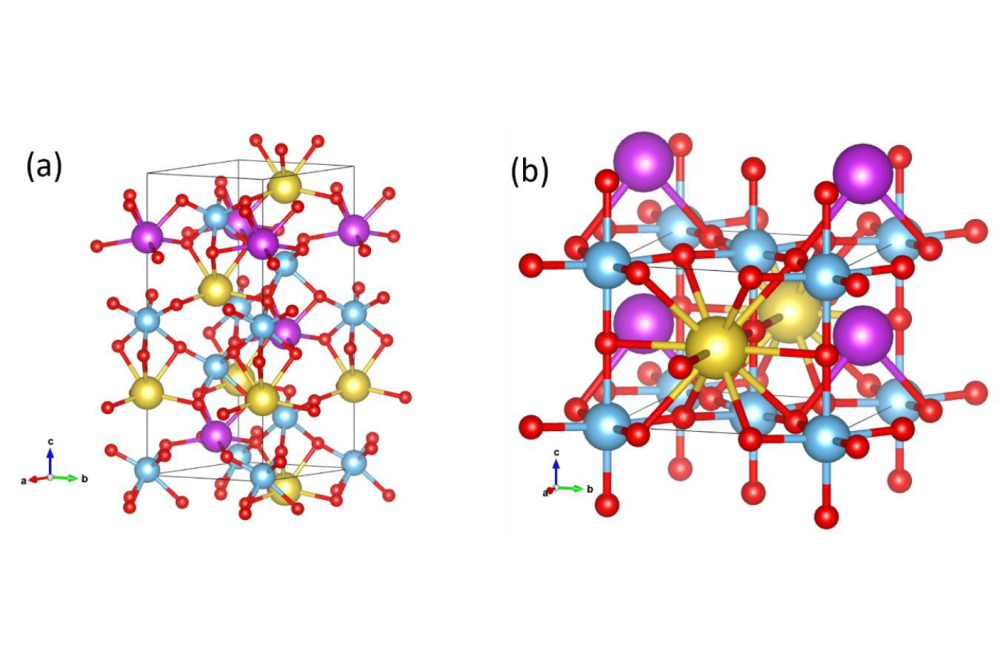
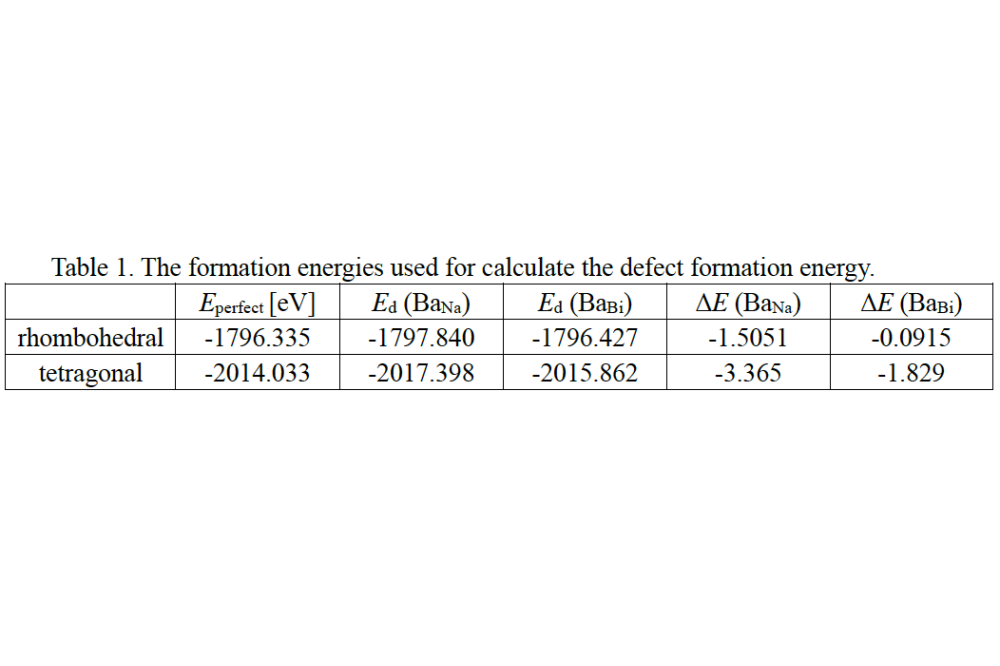
Sodium bismuth titanate-barium titanate (Na0.5Bi0.5TiO3-BaTiO3, abbreviated as NBT- BT) with high Curie temperature and ...
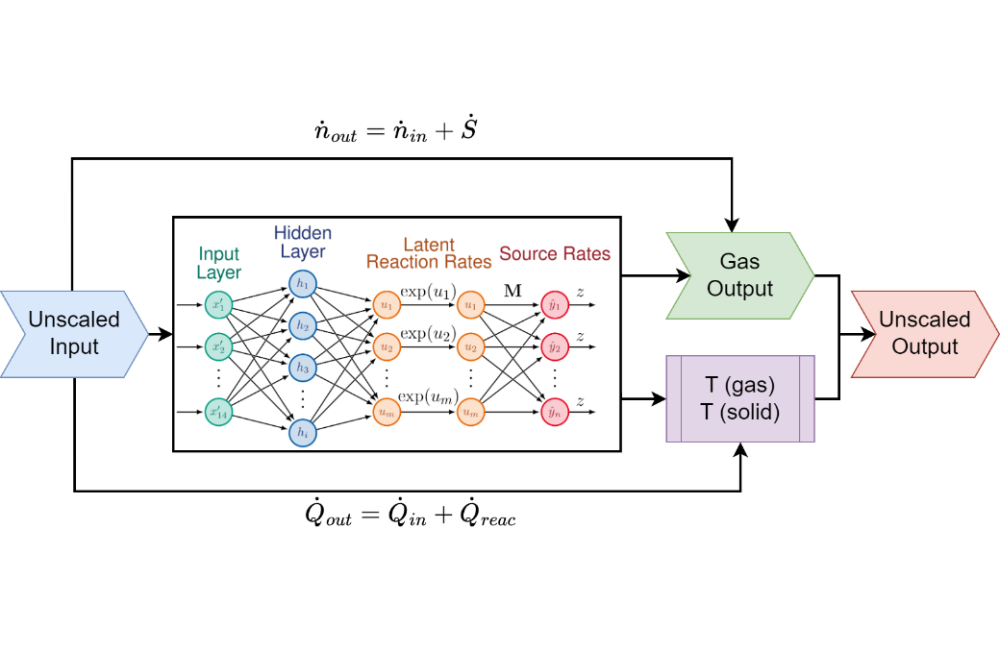
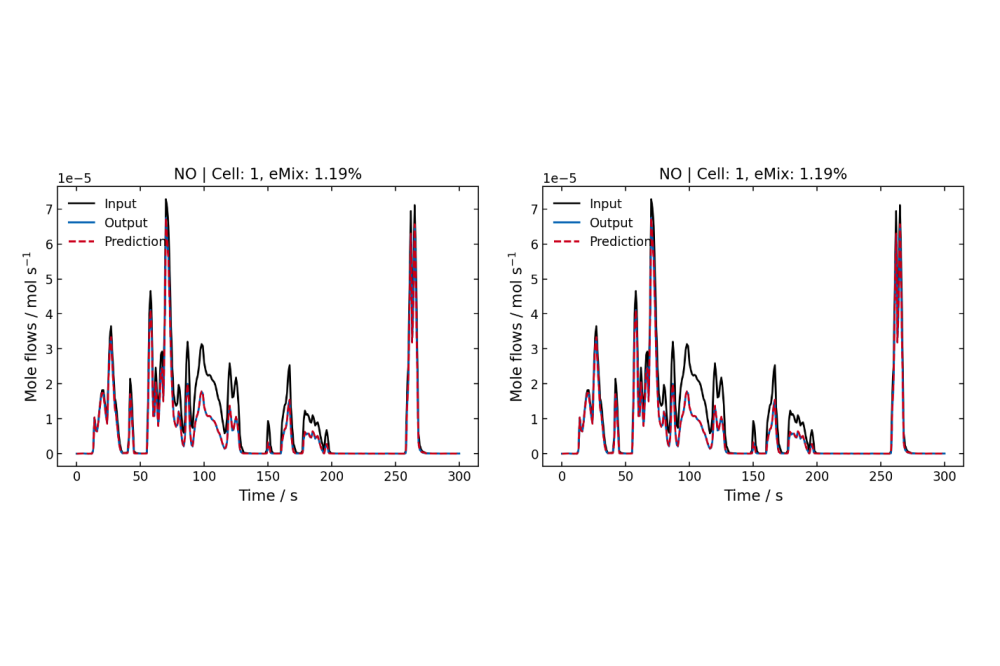
The computational resources of the Lichtenberg HPC were used in this project to train physics informed machine learning ...
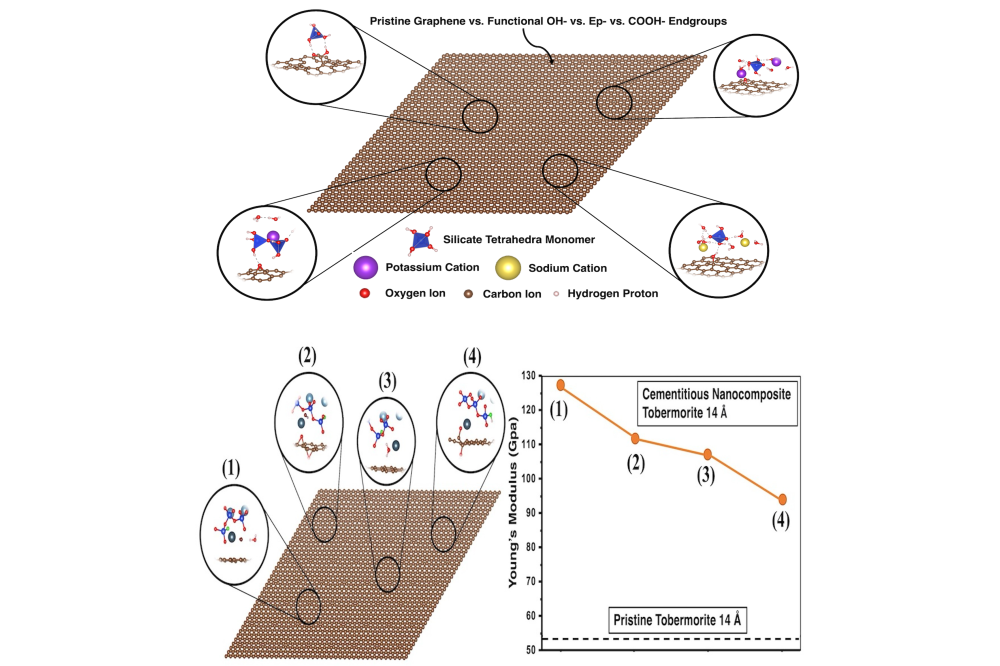
The project seeks to create a comprehensive model linking nanoscale phenomena to larger-scale behaviors to better ...

In the research area of circular building design, design concepts for sustainable masonry are being implemented using ...

The Pd-catalyzed asymmetric allylic alkylation of cyclobutenes is known to proceed in a deracemizing, de-epimerizing and ...
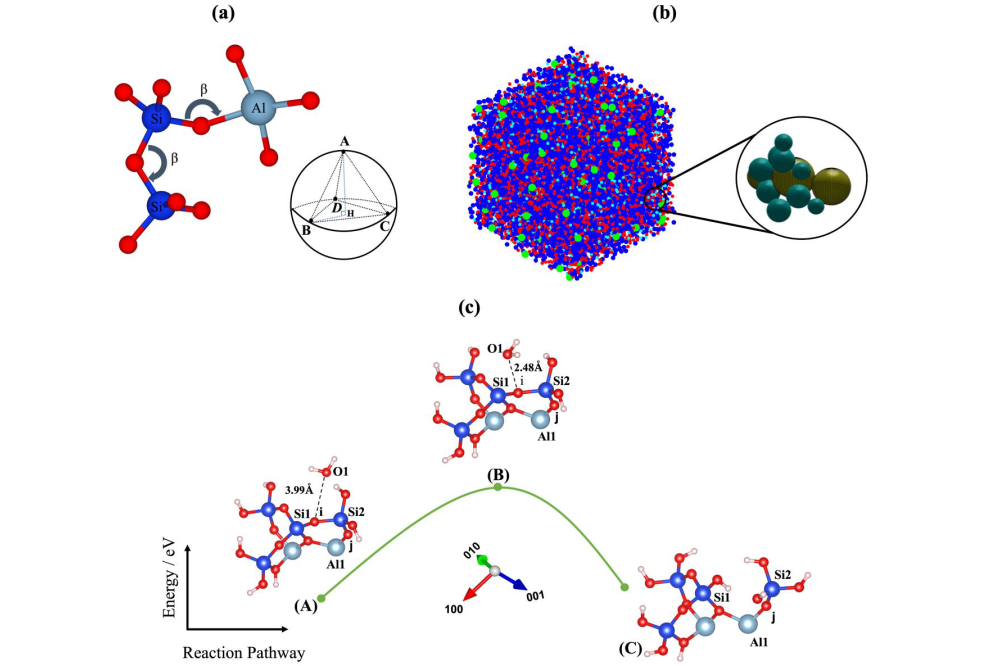
The project aims to develop a bridging model that connects the nanoscale to the upscaled levels for understanding the ...
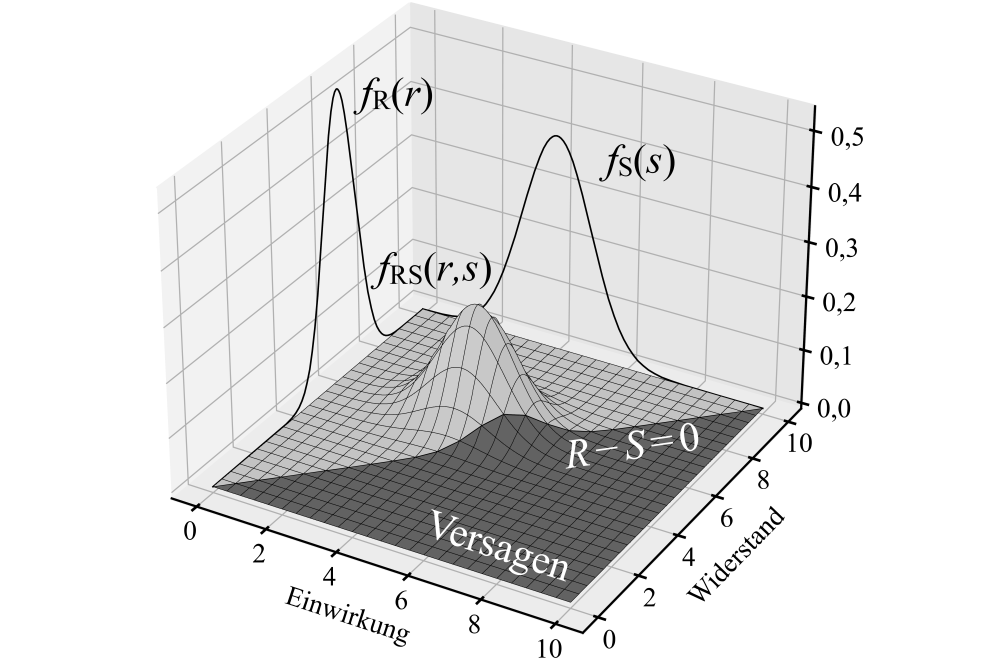
Structural engineering, particularly concrete systems, has long focused on understanding the distribution of internal ...
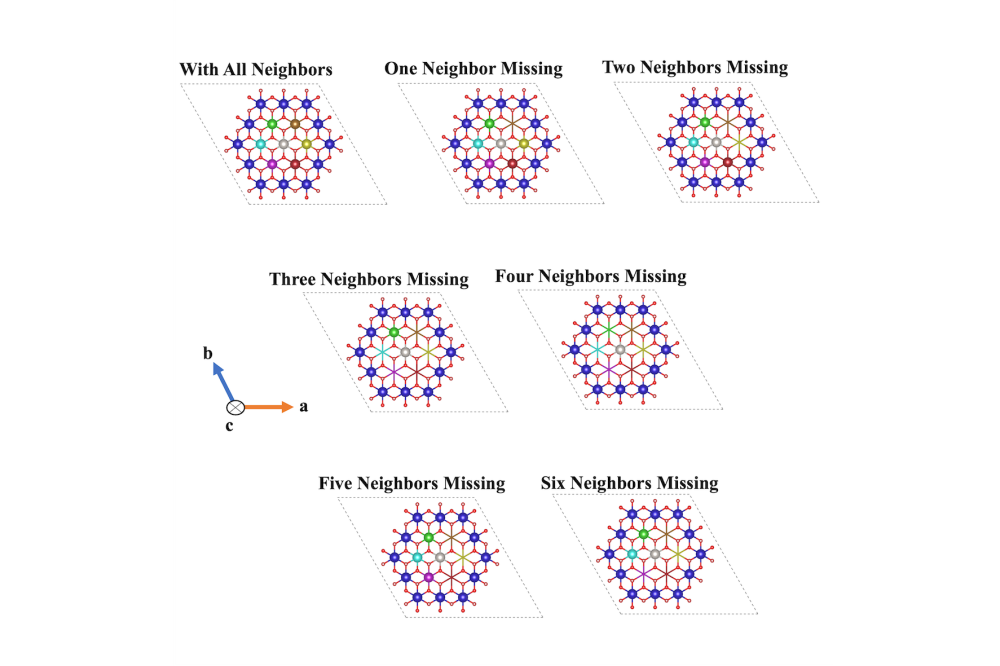
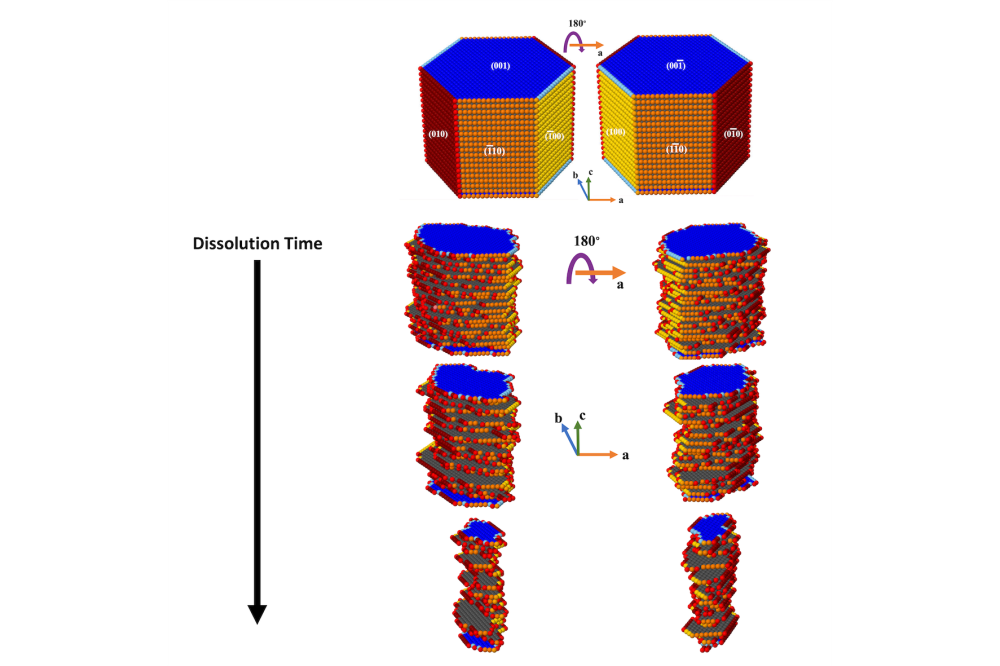
Overall objective of this project is to develop an elementary physical/chemical bridging model for the chemical reaction ...

The aim of the last project was to understand the CO2 activation over Au and Cu loaded ceria and bare indium oxide. In ...
This project aims to investigate the autogenous self-healing process of small cracks in concrete using the phase-field ...
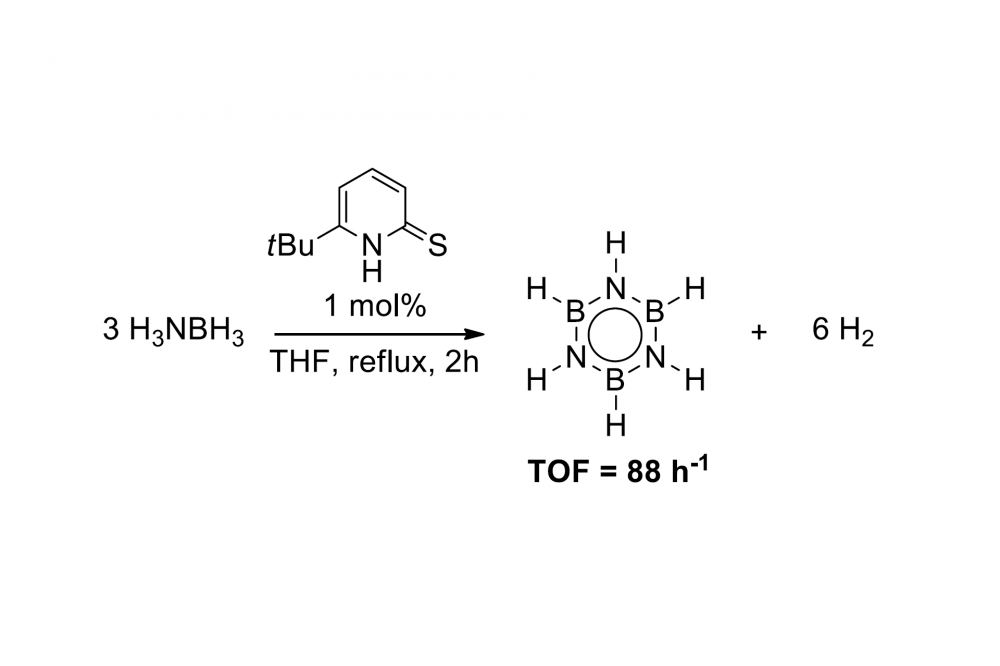
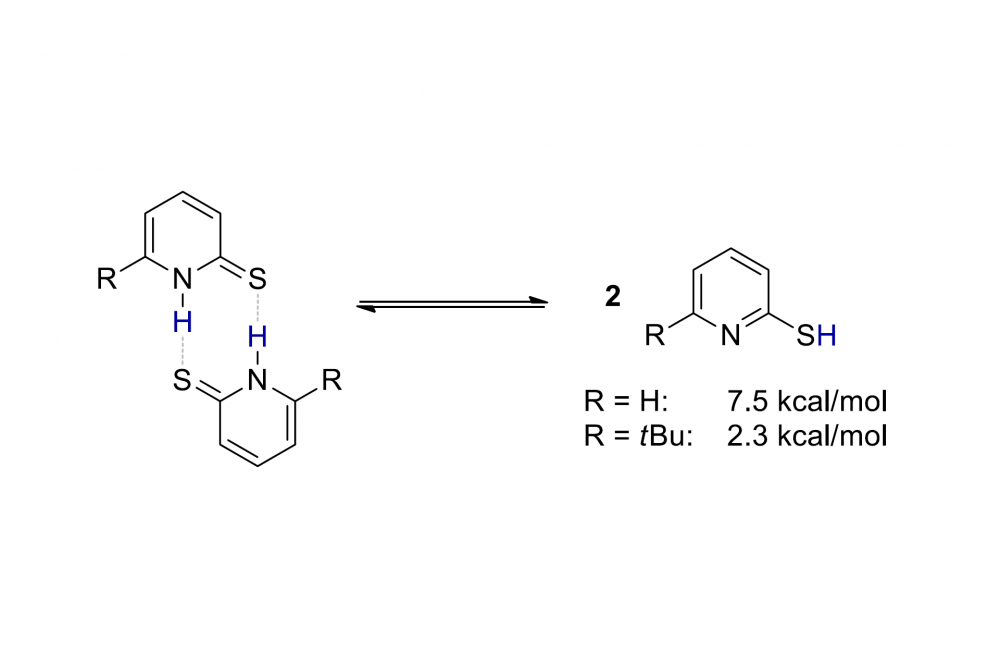
Ammonia borane (NH3BH3) is an easy to handle solid capable of releasing up to 3 equivalents of dihydrogen and therefore ...
The photoelectron spectroscopy data of organic molecules, in our case organic semiconductors, are mainly dominated by ...
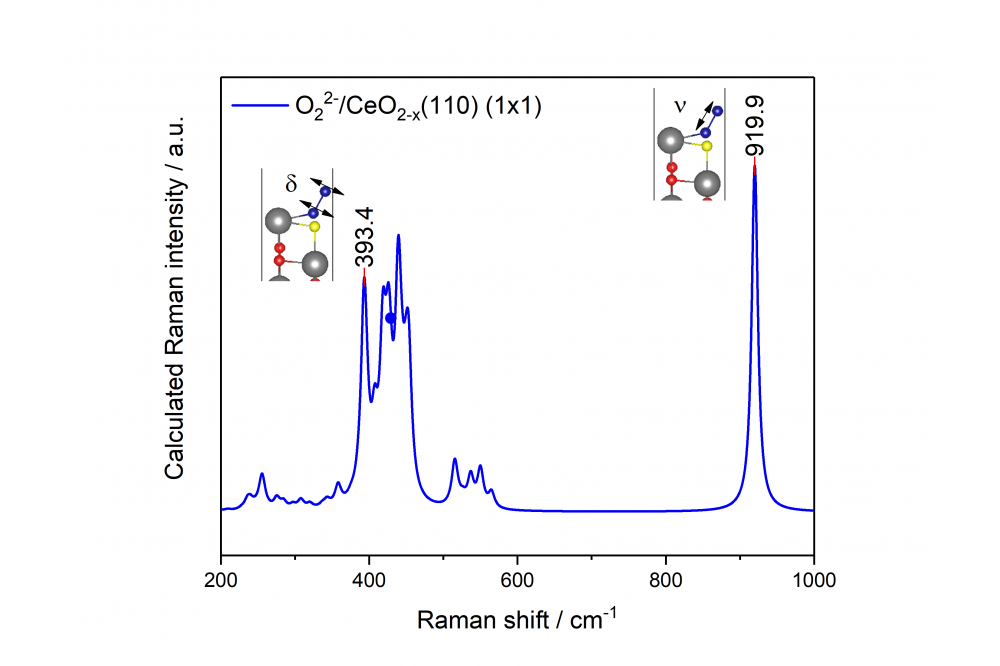
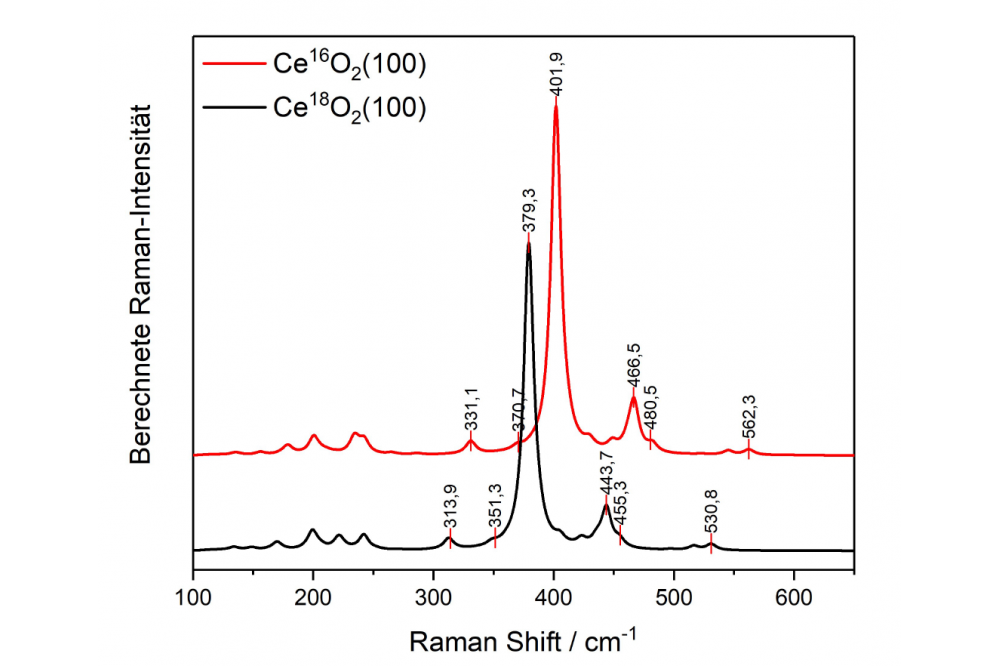
Ceria is an important support material for precious metals to catalyze oxidation reactions such as CO oxidation or the ...

The computational modeling of molecular transformations in organic chemistry, e.g. photo-inducible isomerizations of ...
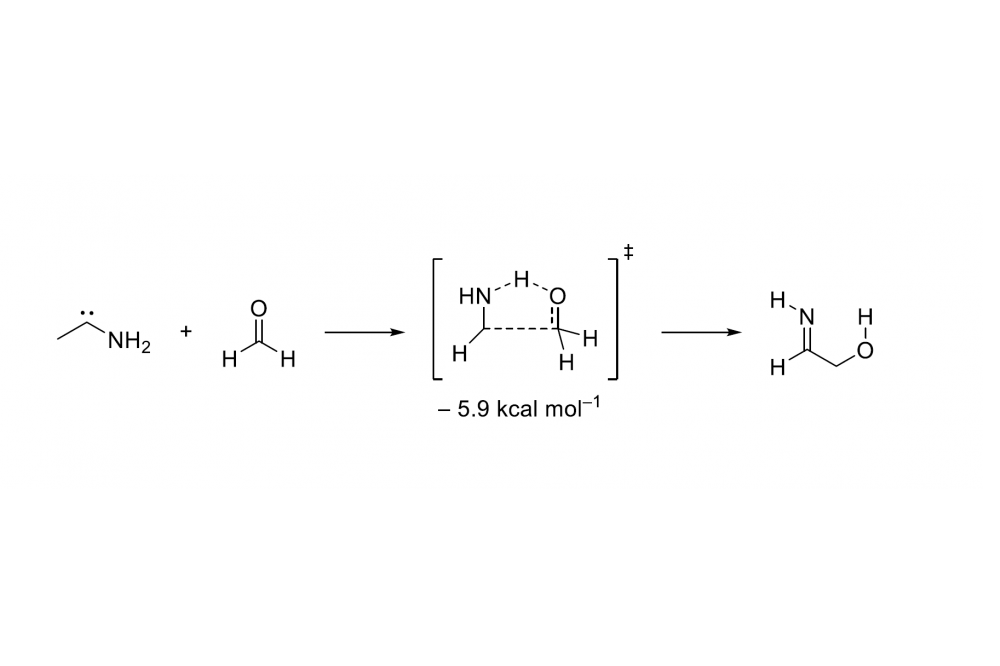
After the matrix isolation of aminomethylene (H-C̈-NH2)[1] we study further the formation of amino acids and sugars in ...
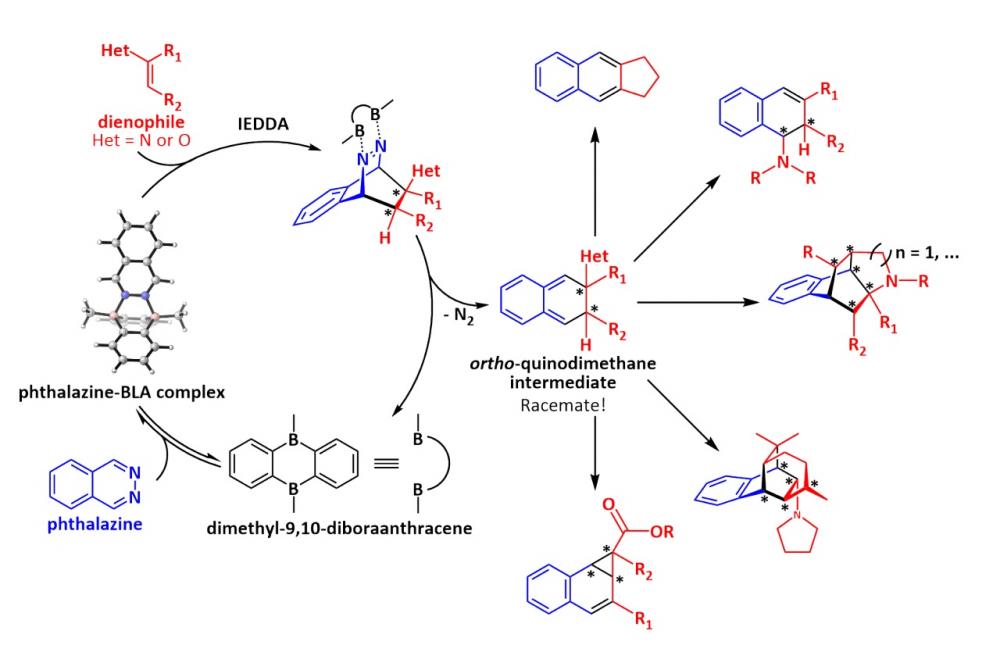
Novel methods to access complex molecular structures open new avenues for applications in medicalas well as material ...

Novel methods to access complex molecular structures open new avenues for applications in medical as well as material ...

The computational modeling of molecular transformations in organic chemistry, e.g. photo-inducible isomerizations of ...

It is well-known that the irradiation of aromatic azides, including phenyl azide, in solution and at cryogenic ...
Solid electrolytes (SE) in all-solid-state batteries due to their high safety and flexibility in design have attracted ...

Alkanes are attractive feedstock chemicals due to their natural occurrence and they offer access to a wide variety of ...

Carbohydrates “(CH2O)n” or sugars are the formal adducts of carbon (atoms) to water with a repeating unit that ...
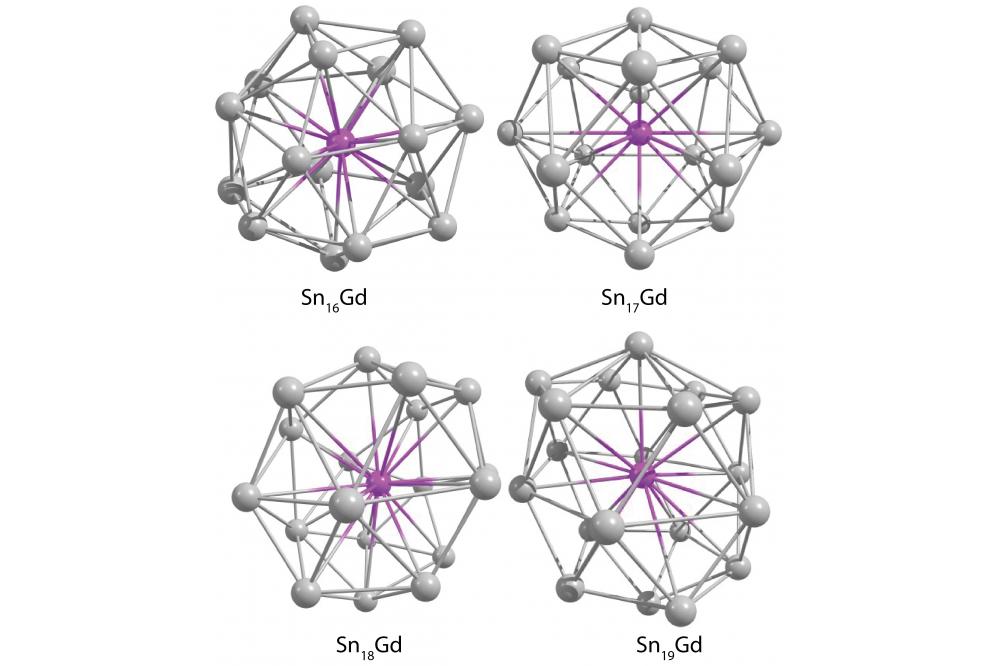
Gadolinium-doped tin clusters belong to an interesting class of nanoalloys. They combine the quasi-aromatically ...

Our research focuses on the activation of stable bonds/small molecules. This is traditionally accomplished by transition ...

Azobenzenes (AB) are promising candidates for molecular solar thermal energy storage (MOST) systems. After synthesizing ...

Curved aromatic molecules are unique compounds as they combine special properties due to the delocalized π-system, with ...


Our investigation aimed at determining the photo-physical properties of an ammonium tagged azobenzene 1 in comparison to ...
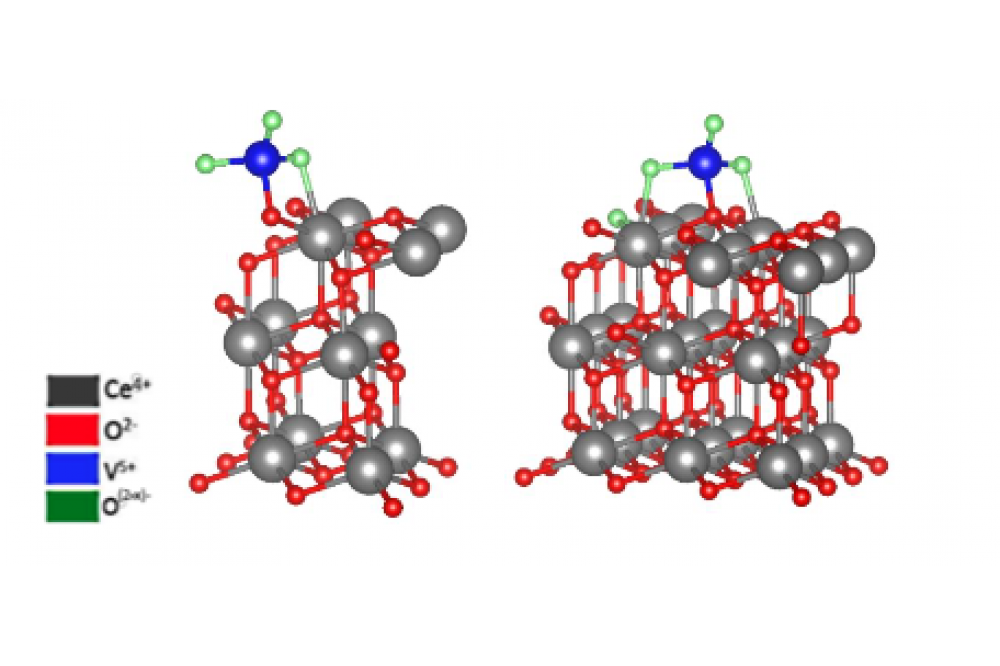
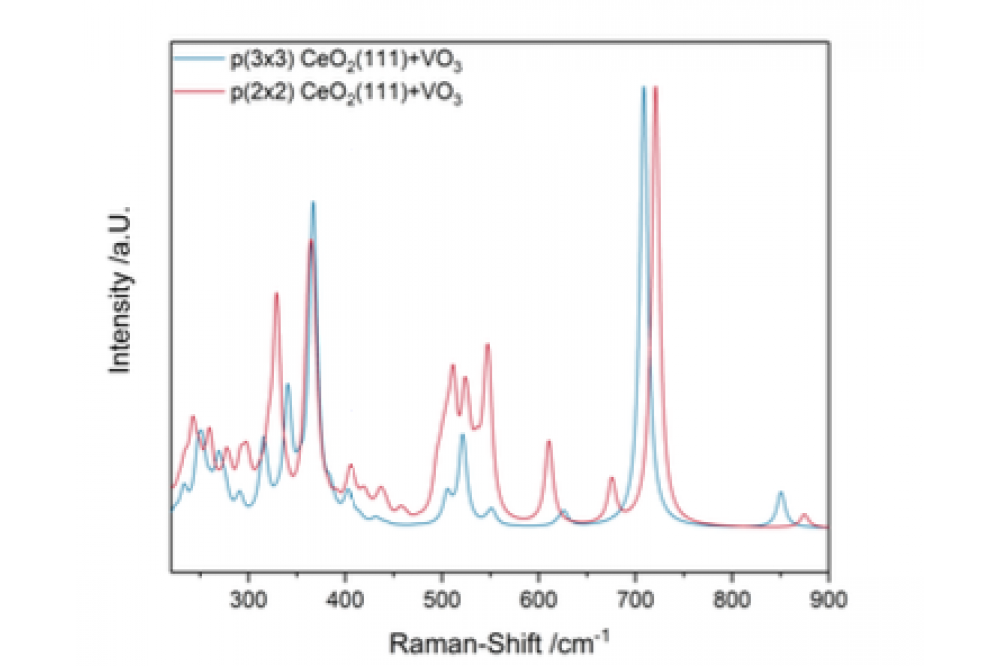
Ceria (CeO2) is an important support material for transition metal based oxides like vanadia (VOx). These VOx/CeO2 catal ...
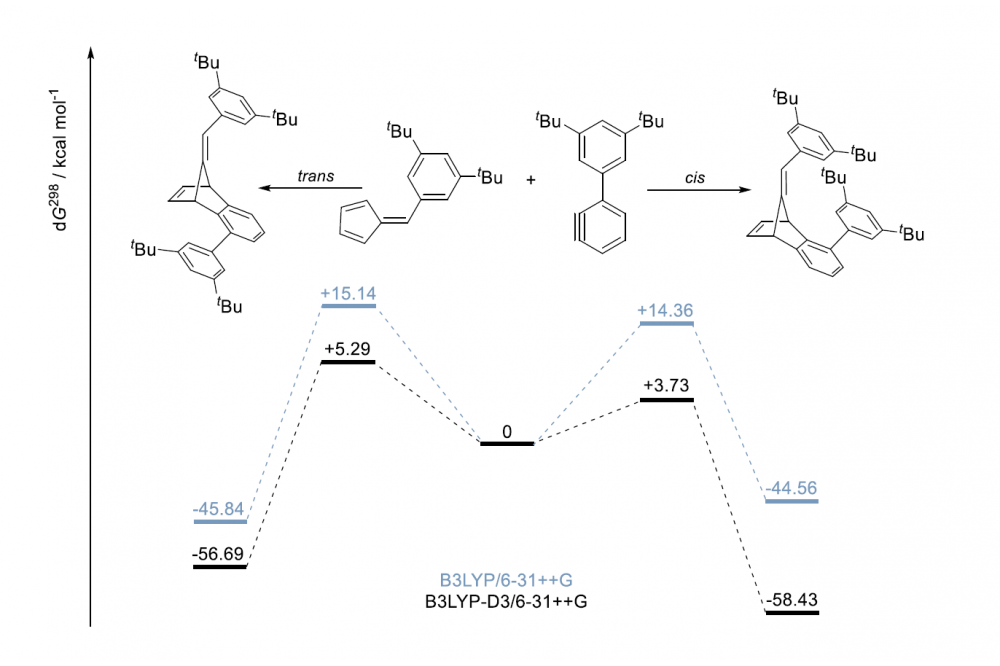
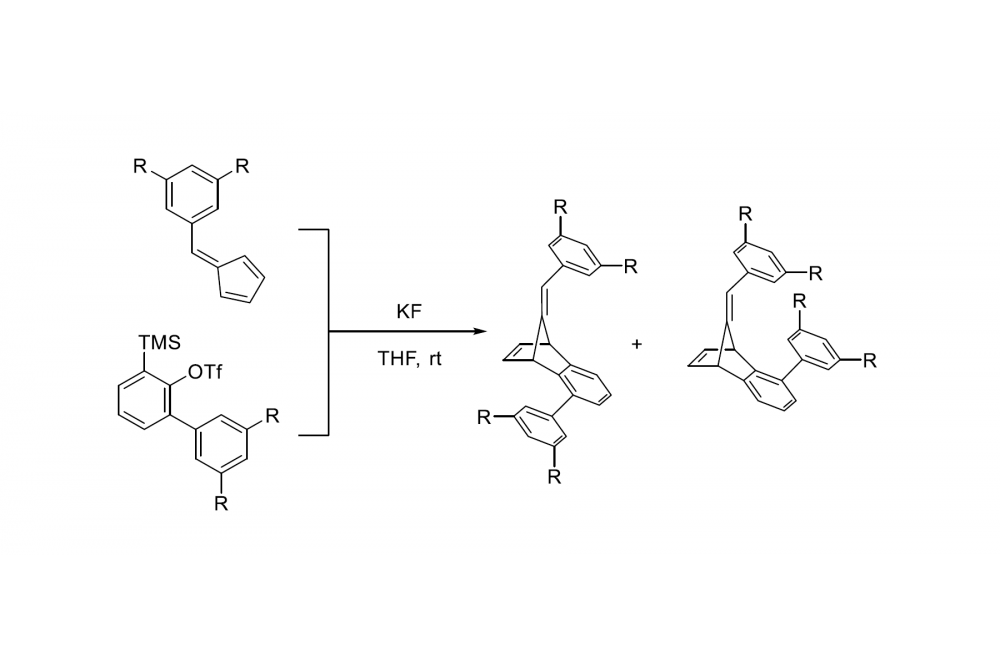
London dispersion forces help explaining unexpected attractive interactions of organic material. During the last century ...
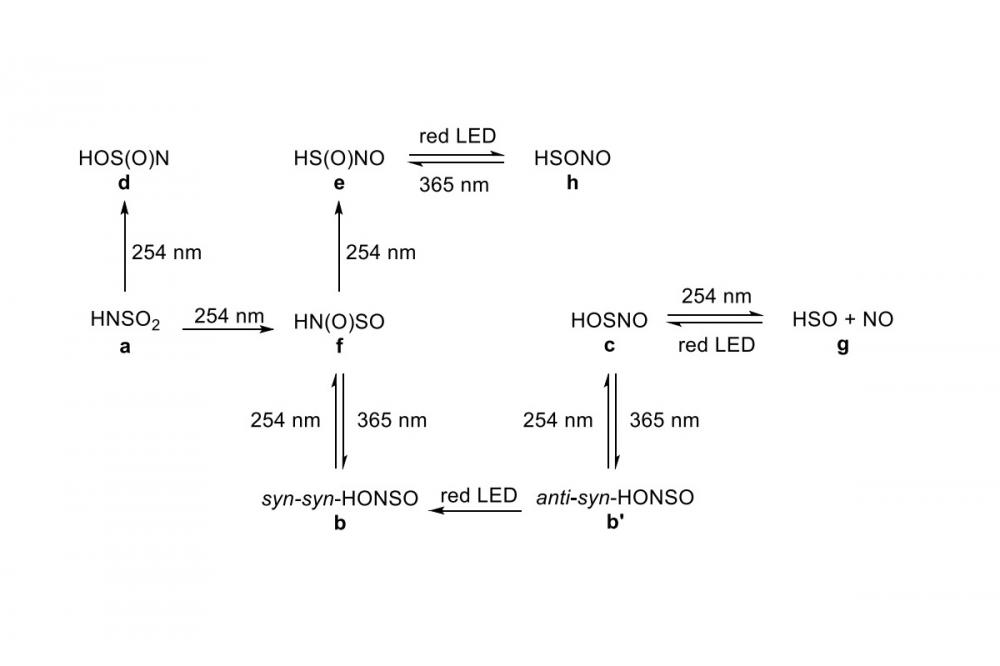
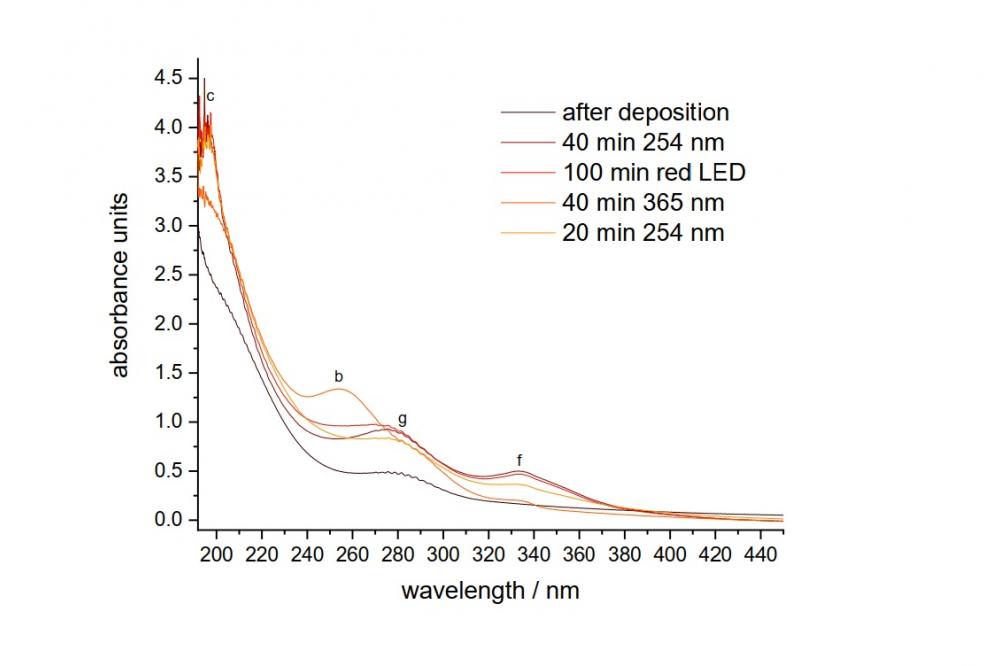
Sulfur-containing compounds present in the earth’s atmosphere impact cloud formation and thus our climate. The main ...



